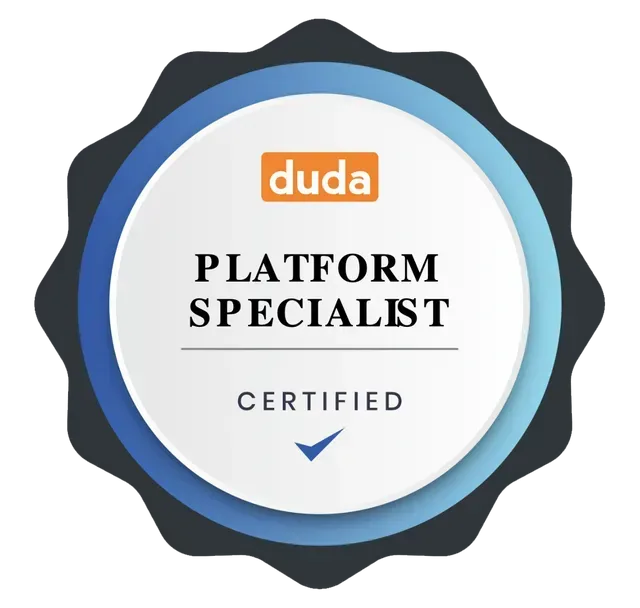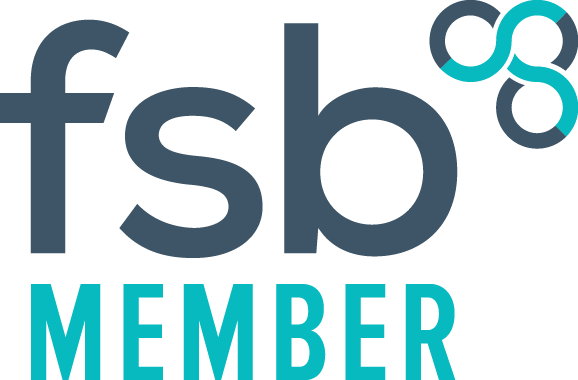AI for Breakfast
Post 48 -
Boosting productivity with the PARA methodology:
A guide for small business owners
As mentioned previously I have been experimenting with the Notion App and although I've found it can be used for the PARA methodology I'm not so sure that it's for me personally. I'm not keen on the way it works, and to be honest I think for my use case I think it has too many features I don't need.
Speaking of the PARA methodology, from Tiago Forte, in his book ‘Building a Second Brain’ I'm halfway through and finding it fascinating, hence implementing it on my workflow. Also bought and read his shorter book focussed more on PARA itself.
Links to Amazon UK here:
Building a Second Brain
and
The PARA Method
I'm now looking into Milanote which is far more visual and aimed at creatives, so there are some pretty cool ready to go templates.
I have started to set it up for PARA and am now in the process of pulling data into it. Currently it does not have any built-in AI functionality but it is on their roadmap so I'm sure it wil be available soon.
For today's foray into my custom GPT I asked it to explore the PARA method, here's what we got:
In today’s fast-paced business environment, staying organised and maintaining productivity can be challenging for small business owners. With a myriad of tasks demanding attention, it’s easy to feel overwhelmed. Enter the PARA methodology, a system designed to streamline your digital organising efforts and enhance productivity.
What is the PARA methodology?
PARA stands for Projects, Areas, Resources, and Archives, a framework created to organise digital information. The beauty of PARA is its simplicity and adaptability, making it a perfect fit for entrepreneurs who manage multiple roles within their business.
- Projects: Active endeavours with a deadline. Think of these as your current initiatives or campaigns.
- Areas: Components of your life and business that require ongoing maintenance, such as finances, marketing, or personal development.
- Resources: Collections of information you might refer to for inspiration or knowledge. This could be industry reports, case studies, or educational materials.
- Archives: Information from completed projects, outdated resources, or anything no longer immediately relevant but worth keeping for future reference.
Why adopt the PARA methodology?
- Clarity: It helps you separate active tasks from passive information, allowing you to focus on what truly needs your attention.
- Flexibility: Unlike rigid organising systems, PARA adapts to your changing business needs, growing with you.
- Accessibility: By organising your digital space into these four categories, you ensure that everything you need is readily available, without cluttering your workspace with irrelevant information.
Implementing PARA in your business
- Start with a digital clean-up: Review your current files, notes, and digital documents. Categorise them according to the PARA framework.
- Use tools that support this methodology: While the PARA system doesn’t rely on specific apps, using digital tools that allow for tagging, folders, and archiving can make the process smoother.
- Regular reviews: Set a recurring schedule to review and reorganise your digital workspace. This ensures your system evolves with your business needs.
The impact on small business owners
Adopting the PARA methodology can significantly impact your productivity and mental clarity. It streamlines decision-making processes, reduces the time spent searching for documents, and helps prioritise tasks effectively. As a small business owner, this means more time focusing on growth and less on administrative chaos.








